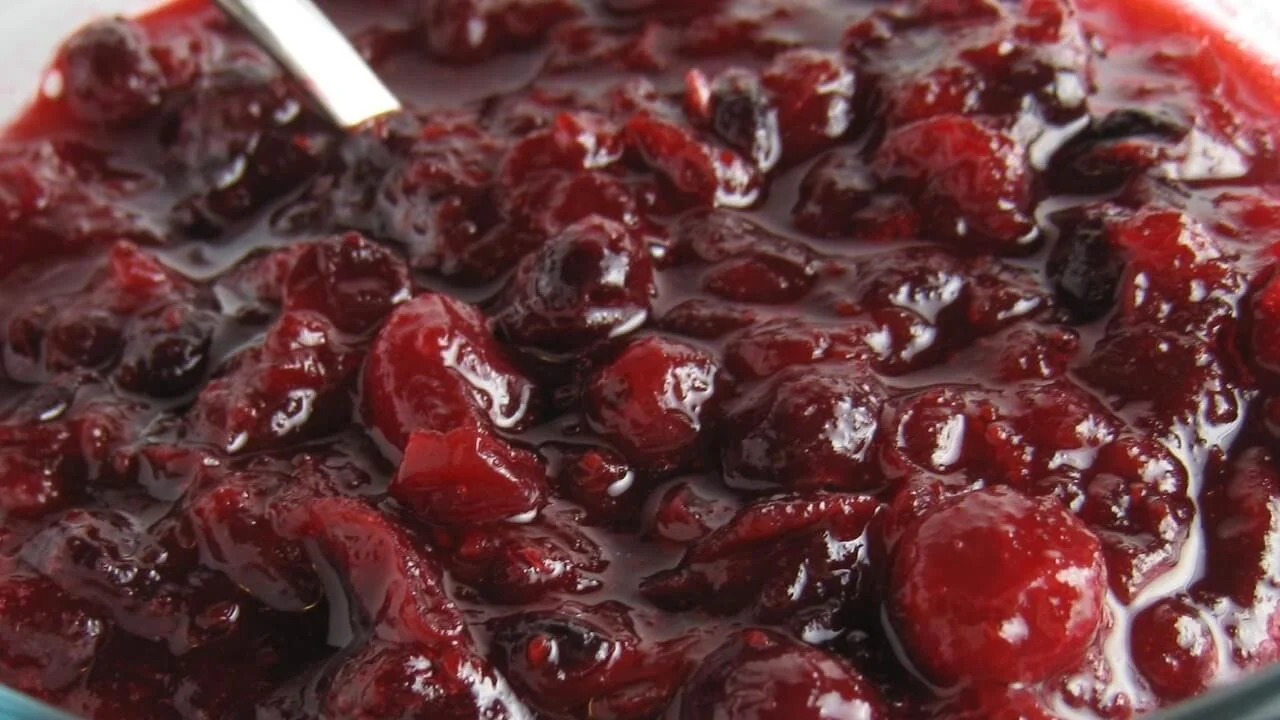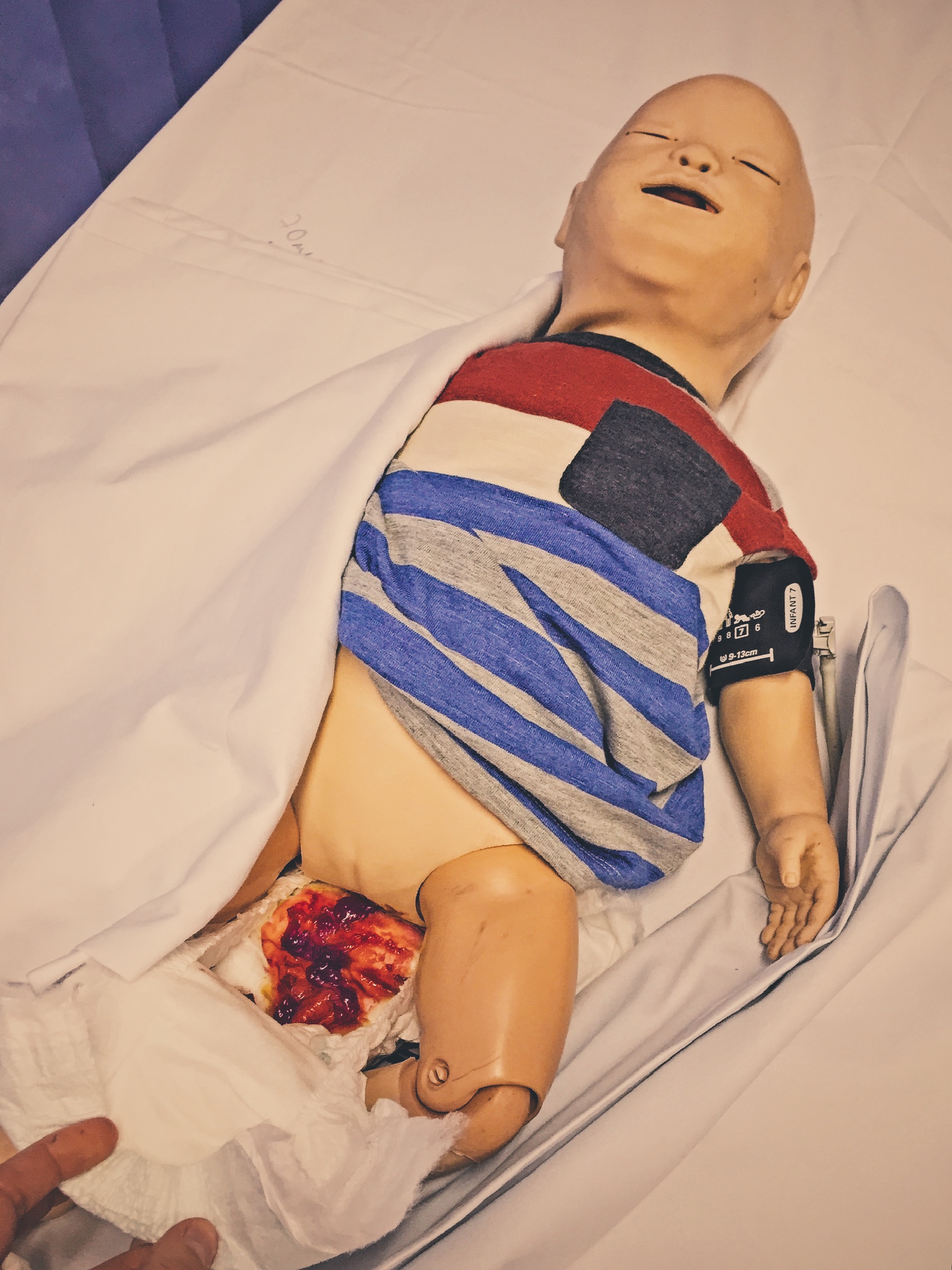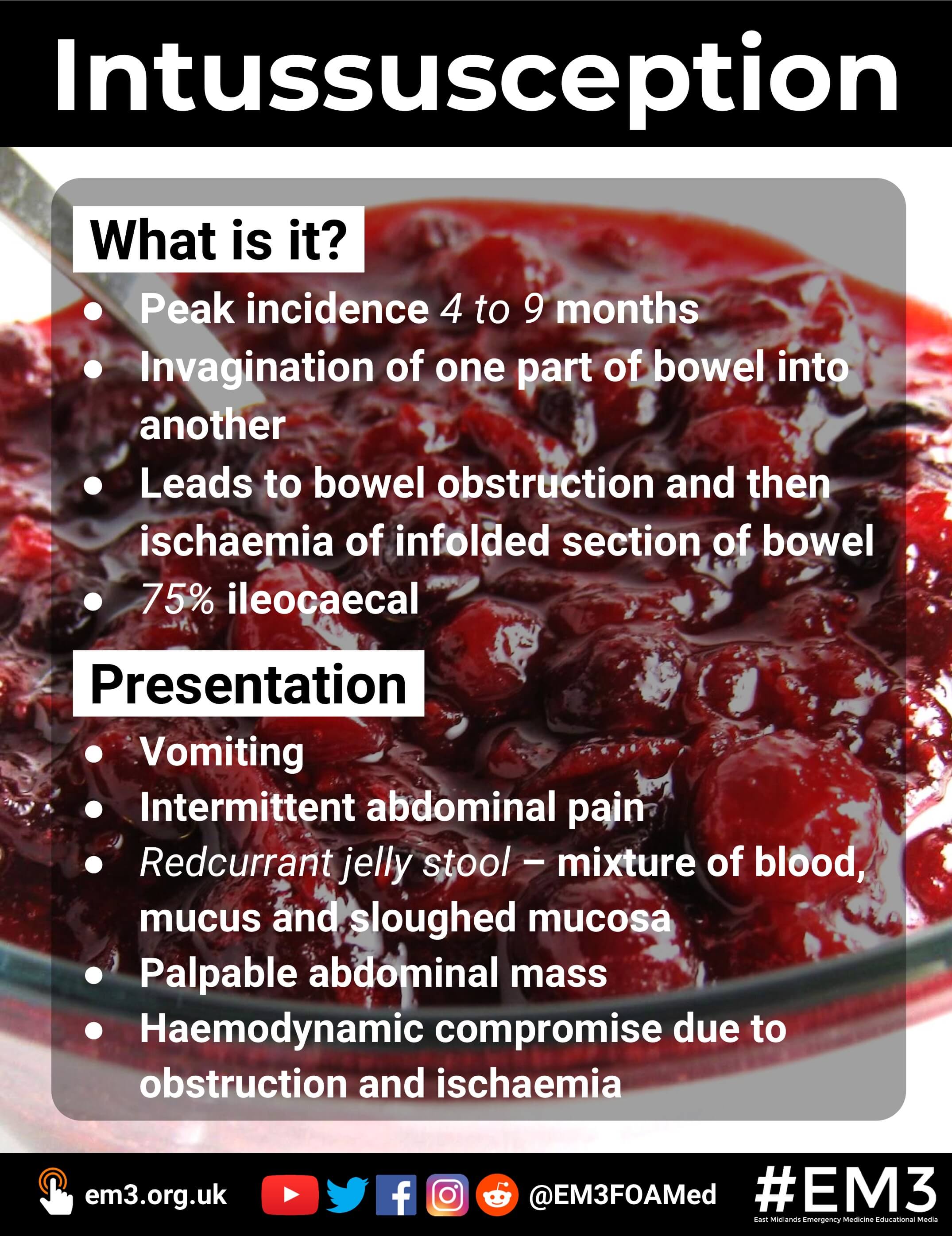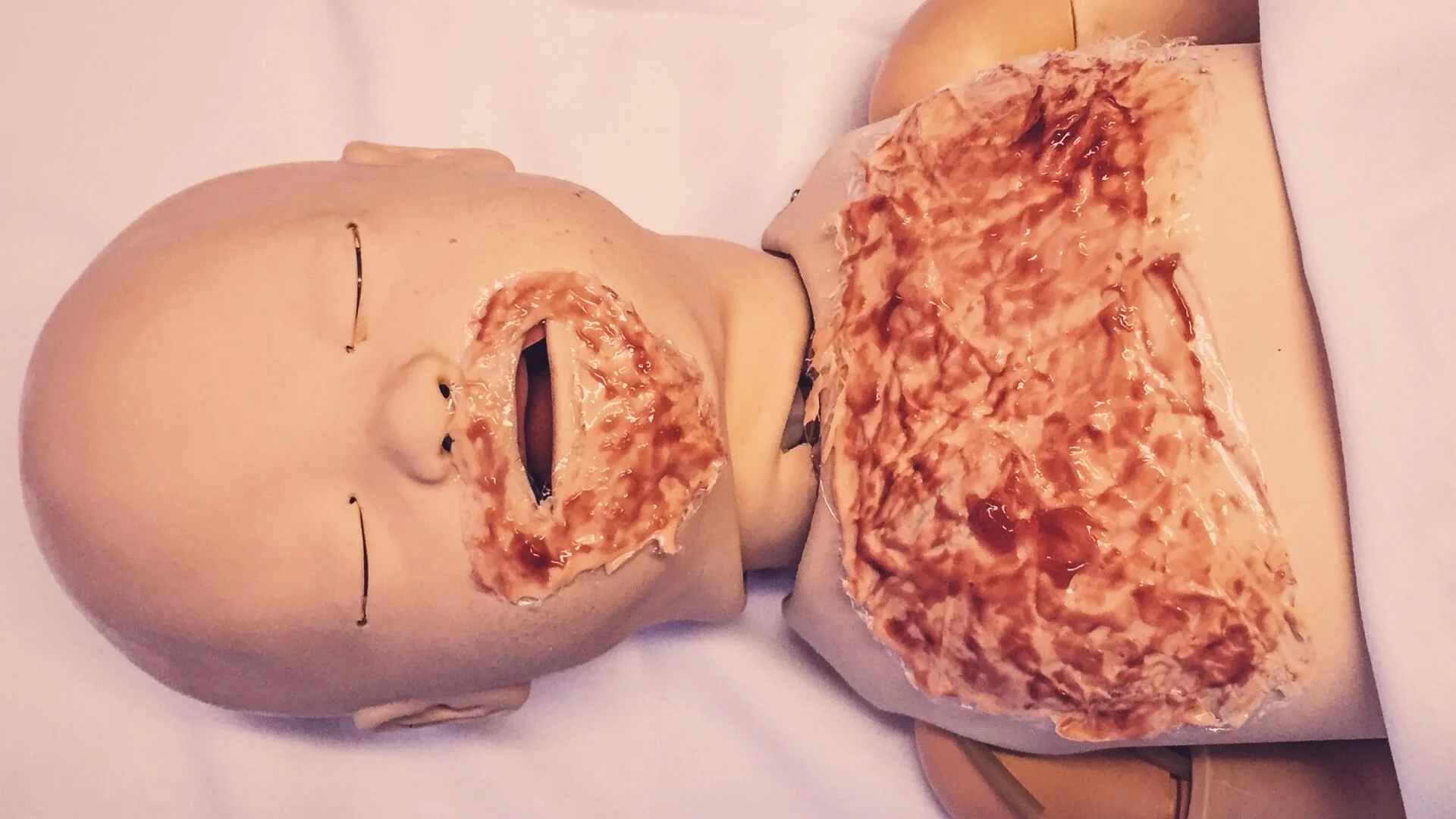#SimBlog: Intussusception
““A six-month-old boy is brought to the ED by mum after screaming continuously for half an hour with no apparent cause.””
Observations
A – Crying
B – RR 40, Sats 98% in air
C – HR 166, BP 90/60, CRT 3 seconds centrally
D – Alert, BM 5
E – Temp 37°C, no rashes
Clinical Findings
Pale with cool peripheries
Abdominal mass felt on palpation
Fresh blood in the nappy
Why We Simulated?
Intussusception is the commonest cause of bowel obstruction in children between 6 months and 3 years of age. It is caused by one segment of bowel invaginating into another, leading to bowel obstruction, which if left untreated progresses to bowel wall ischaemia.
Presentation can vary, although the following symptoms and signs should make you strongly suspect the diagnosis:
Vomiting: this may be non bilious at first but will become bilious as bowel obstruction occurs.
Abdominal pain: this is classically intermittent, colicky in nature and severe.
Blood in the stool: described as redcurrant jelly stool, this is mucus, blood and sloughed mucosa mixed in with the stool.
A palpable abdominal mass: a sausage shaped mass may be palpated, this is most commonly felt in the right hypochondrium with a feeling of emptiness in the right lower quadrant. This is known as Dance sign.
Pallor and signs of haemodynamic compromise: at first this is because of the bowel obstruction which draws intravascular fluid into the intestinal lumen. As ischaemia develops, signs of septic shock also occur.
Intussusception can also rarely present as altered level of consciousness with no other clinical signs. Although this cause will be low down on the differential list of reduced GCS, it is always worth palpating the abdomen in such cases and if you have ruled out everything else, consider intussusception.
Other important differential diagnoses to consider when there is blood in the stool are: Other structural causes of bowel obstruction (anal fissure or foreign body), infective diarrhoea and inflammatory bowel disease.
Key management principles for intussusception are analgesia, fluid resuscitation and maintenance, IV antibiotics, NG tube insertion with nil by mouth and coordination of ongoing care with the paediatric surgical and radiology teams for diagnostic imaging and treatment.
Further Reading:
- Radiopaedia: Imaging for intussusception
- Patient: Intussusception in children
- Great Ormond Street Hospital: How is an air enema to treat intussusception performed?
Learning Points
Check to see if there is a departmental guideline to follow – these can be found on the intranet via the Guidelines and Policies tab.
Intussusception is the most common cause of blood in the stool in young children. Early recognition and surgical referral are important as there is a risk of bowel ischaemia.
Initial management is analgesia, fluid resuscitation and antibiotics. Definitive treatment options are air enema with morphine sedation or laparotomy and open reduction. The surgical team will decide which is most appropriate based on the clinical condition of the child and the state of the obstruction.
Positive Feedback
Systematic A to E assessment, exposed the patient fully to identify blood in the nappy.
All team members vocalised their thought processes clearly and listened to each other, which meant their approach was well coordinated and professional.
Telephone discussions with surgical and radiology teams were clear and used SBAR approach.









